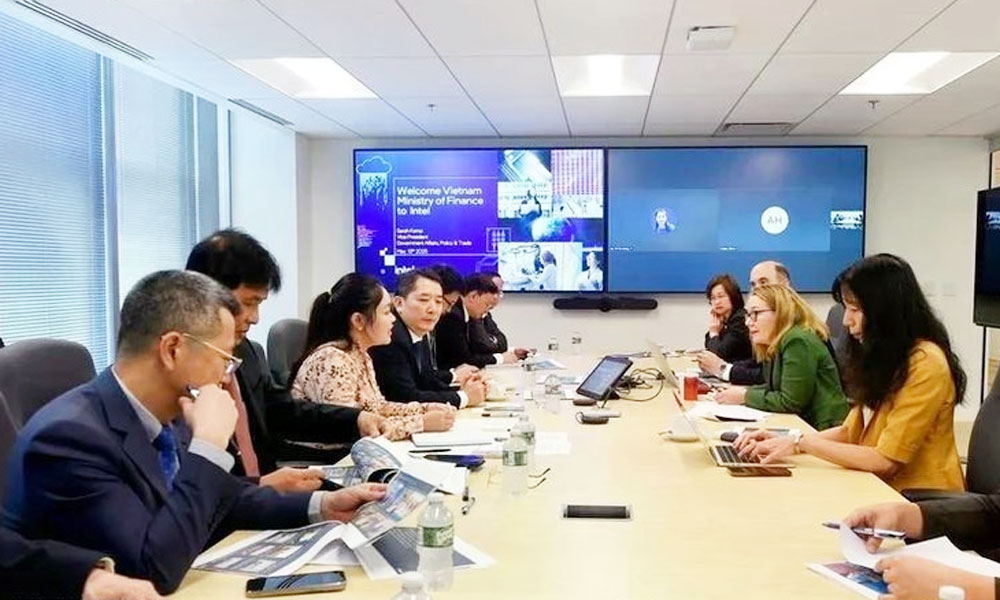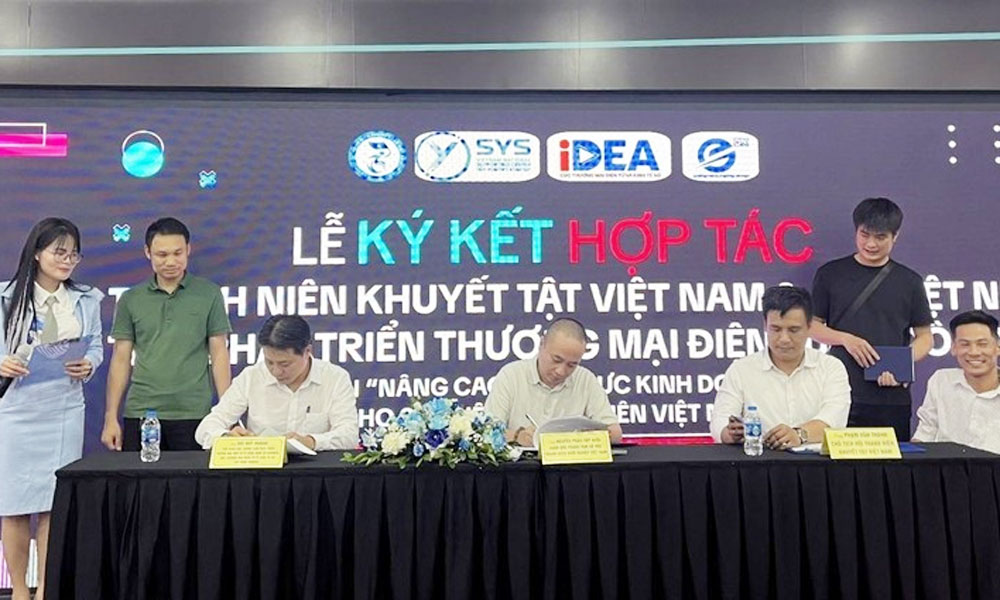Strategic human resource management in development of semiconductor industry in Viet Nam
The semiconductor industry is the foundation of technological innovation and economic growth, playing an important role in the development of many high-tech industries. Human resource management will be one of the key driving forces to help Viet Nam become a strategic link in the global semiconductor value chain.
An international workshop on strategic human resource management in the development of the semiconductor industry in Viet Nam has recently been organised in Ha Noi.
 |
|
Delegates pose for a group photo at the workshop. |
Speaking at the workshop, Associate Professor, Dr Nguyen Anh Thu, Vice President of the University of Economics, Viet Nam National University, Ha Noi, said that the semiconductor industry is entering a boom era, becoming a strategic focus in the global technology race.
The semiconductor chip market has maintained a compound growth rate of up to 14% over the past two decades. With this growth momentum, the semiconductor industry will reach the trillion-dollar mark by 2030, becoming a strategic pillar of the global economy.
Moreover, not only an economic and technological driving force, semiconductors today are also a symbol of national strength and position on the geopolitical map.
To date, Viet Nam has issued the Semiconductor Industry Development Strategy to 2030, with a vision to 2050, and the Semiconductor Human Resource Development Programme to 2030, with a vision to 2050.
Accordingly, Viet Nam aims to train at least 50,000 high-quality human resources, including 42,000 engineers, 7,500 masters, 500 postgraduates and 5,000 AI experts to serve the semiconductor industry.
Dr Chu Duc Hoang, Chief of Office of the National Technology Innovation Fund, Ministry of Science and Technology, said that, in reality, Viet Nam currently aims to train 50,000 engineers, but lacks a strategy on quality and structure. That is, the training only meets 15% of international standards and 40% needs to be retrained after recruitment.
“In addition, Viet Nam only trains about 22% of specialised skills, lacking 85% of leading experts. Not only that, the “brain drain” rate is up to 35%, in which 70% of excellent students studying abroad do not return and 65% of engineers trained abroad do not return after 5 years of working”, Dr Hoang emphasised.
Dr Chu Duc Hoang proposed a plan: Building a 70:20:10 model. This means a training-retention-development model for 50,000 engineers with the exact ratio of 70:20:10 (operations engineers: design: research) to ensure sustainable growth of 25%peryear for the Vietnamese semiconductor industry.
Regarding training, Dr Hoang said that 20 leading technology schools will participate in training with 5,000 students/year, creating a foundation for 10,000 semiconductor engineers per year.
The workshop gave opinions on strategic human resources, out of 50,000 engineers, it is necessary to divide 35% into the elite stream and 65% into the practical stream, ensuring a balance between research and production.
To train elite engineers, including 17,500 engineers, it is necessary to train 4+2 years of specialised training, international cooperation. For strategic engineers, equivalent to 32,500 engineers, it will be trained for 2.5-3 years with 70% of the time spent practicing at enterprises.
Experts also mentioned that, in addition to promoting specialised training programmes at educational institutions nationwide, in order to have strategic human resources in the development of the semiconductor industry, Viet Nam needs cooperation between educational institutions, the government and businesses to ensure that the country have enough human resources and appropriate policies to support this strategic industry.
Giving advice on cooperation with businesses, Le Hai Anh, Director of Dolphin Technology Viet Nam Centre, pointed out that it is necessary to strengthen cooperation with businesses from study tours, internships, and graduation projects; link training with businesses according to specific needs, reduce training time at businesses, and have a mechanism for remuneration and recruitment of lecturers and guest lecturers from experts at companies.
At the workshop, effective training models and solutions for connecting businesses-schools-management agencies were also carefully analysed by the guests to propose ways to help Viet Nam build a comprehensive human resource development ecosystem, meeting the goal of sustainable development and enhancing Viet Nam’s national competitiveness in the global semiconductor value chain.
 Bắc Ninh
Bắc Ninh













Reader's comments (0)